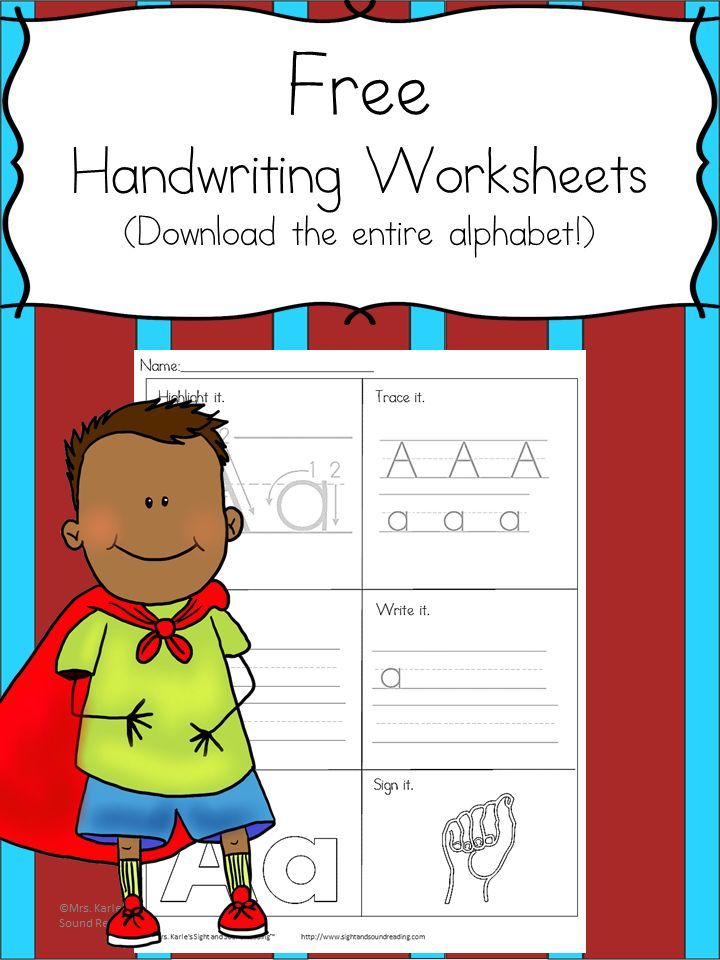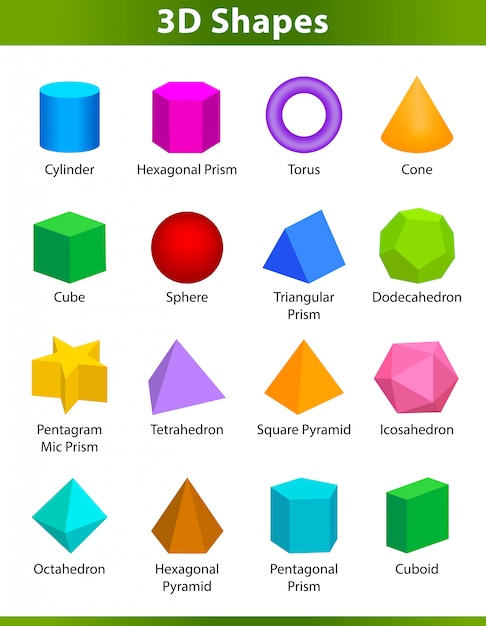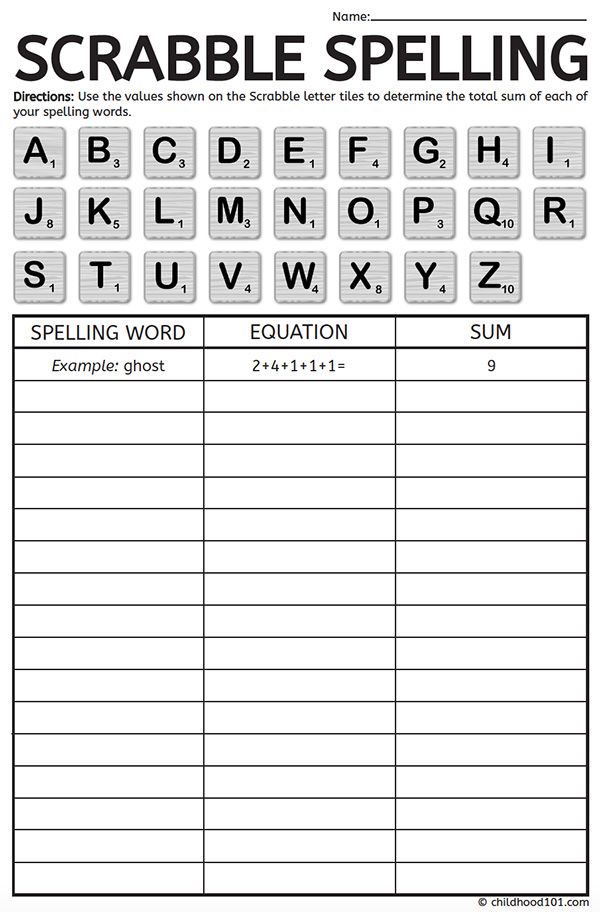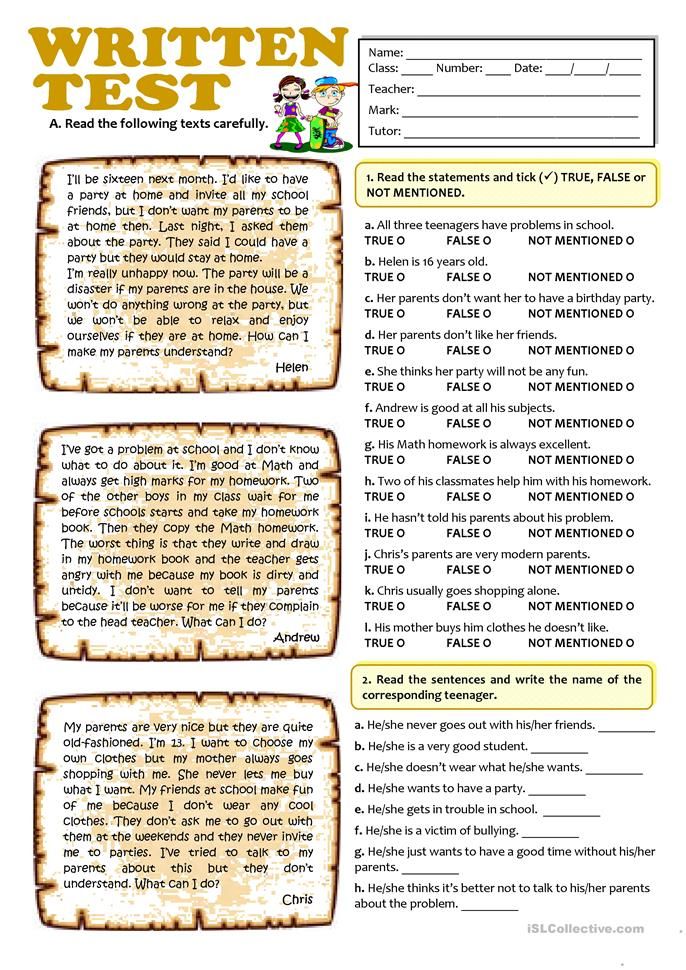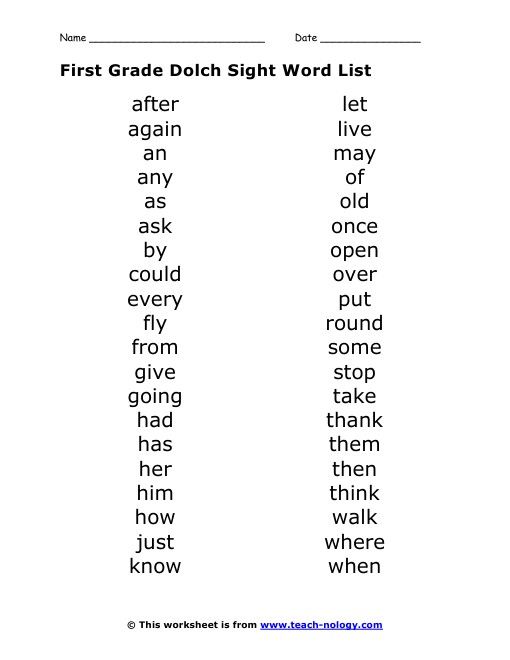How to calculate reading level
Tameri Guide for Writers: Estimating Reading Levels
There are many ways to calculate the grade level of a writing sample. We are going to look at a series of methods used to determine the reading levels for different student age groups. Teachers can use these methods to determine whether new material is suitable for their class and also to determine at what grade levels their students are writing.
Writing level calculations tell us little about actual comprehension, and certainly nothing about ability. These calculations measure only an artificial metric of fluency, nothing more.
Accurate calcualtions require 100-word samples; anything shorter will not suffice. When counting syllables and words, count any proper nouns, numbers, or dates as one word. For instance, “Abraham Lincoln,” “865,460,” “March 23, 1998,” and “Connecticut” would each count as an “easy word” or a one-syllable word.
The point is to test the vocabulary of the sample and things like names, numbers, and locations are usually understandable by most students above first or second grade. For example, most children know the four-syllable word “Arizona” but not the four-syllable word “vicissitude.”
These formulas can be tricky, but by carefully following the instructions one step at a time they should be easy enough to try. To help decrease complication we have rounded any decimals to one or two places. Some of the scaling formulas require using decimals up to three or four places within the system, but we have rounded the final results.
Gunning Fog Index
The Gunning Fog method is used to determine the readability for upper elementary reading material. Apply the following steps (you may want to use a calculator), and refer to the example for help.
- Select a sample of 100 words and count the number of sentences in the sample.
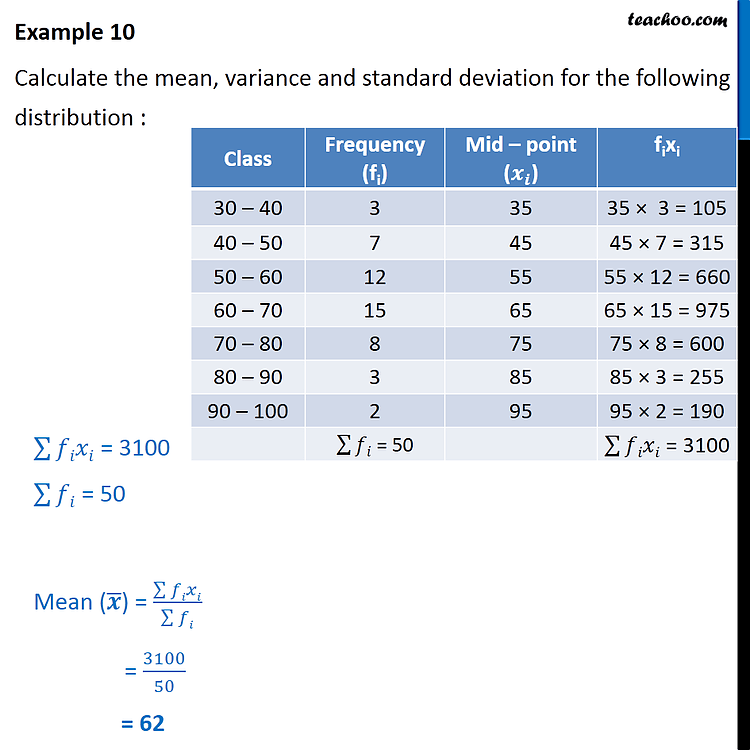
- Divide the number of sentences into the number of words (100) to find the average sentence length.
- Count the number of “big words” (3 syllables or more) and divide 100 by that number to find the percentage of big words (This is easily done by adding a decimal point two digits before the number).
- Add the average sentence length and percentage of big words together and multiply the sum by 0.4 to find the result.
Example
Imagine a 100-word sample with one 12-word sentence, two 10-word sentences, two 9-word sentences, three 8-word sentences, three 6-word sentences, and two 4-word sentences.
Steps 1 and 2: Count the number of sentences and find the average sentence length.
1 + 2 + 2 + 3 + 3 + 2 = 13 sentences
100 / 13 = 7.7 average length
Step 3: Count the number of “big words.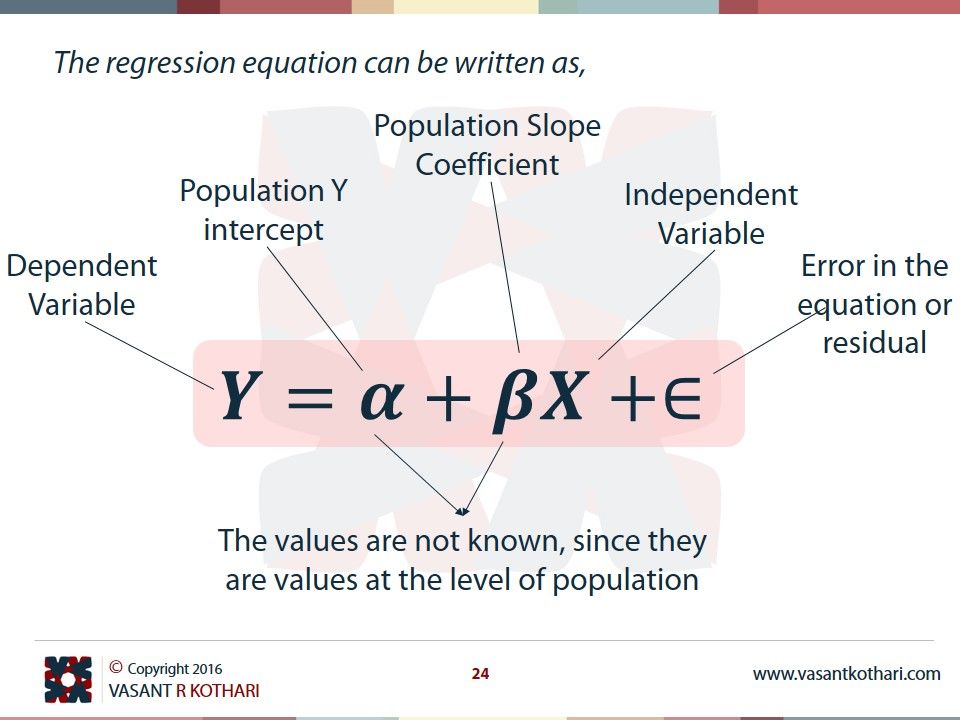 ” Let us assume that of the 100 words in the sample, 12 of them are three syllables or longer.
” Let us assume that of the 100 words in the sample, 12 of them are three syllables or longer.
12 / 100 = 0.12, or 12%
Step 4: Add average sentence length to percentage of big words and multiply by 0.4. (Use the percentage as a whole number and not a decimal)
7.7 + 12 = 19.7
(19.7)(0.4) = 7.88
This sample would be at the 7th grade reading level, close to 8th.
The Flesch Formula: Reading Ease and Grade Level
The Flesch Formula is a more accurate method for measuring the readability of upper elementary texts.
- Select a 100-word sample and count the number of sentences.
- Divide the number of words (100) by the number of sentences and multiply the result by 1.015. Save this result and call it x.
- Count the total number of syllables in the sample, divide by the total number of words (100) and multiply by 84.
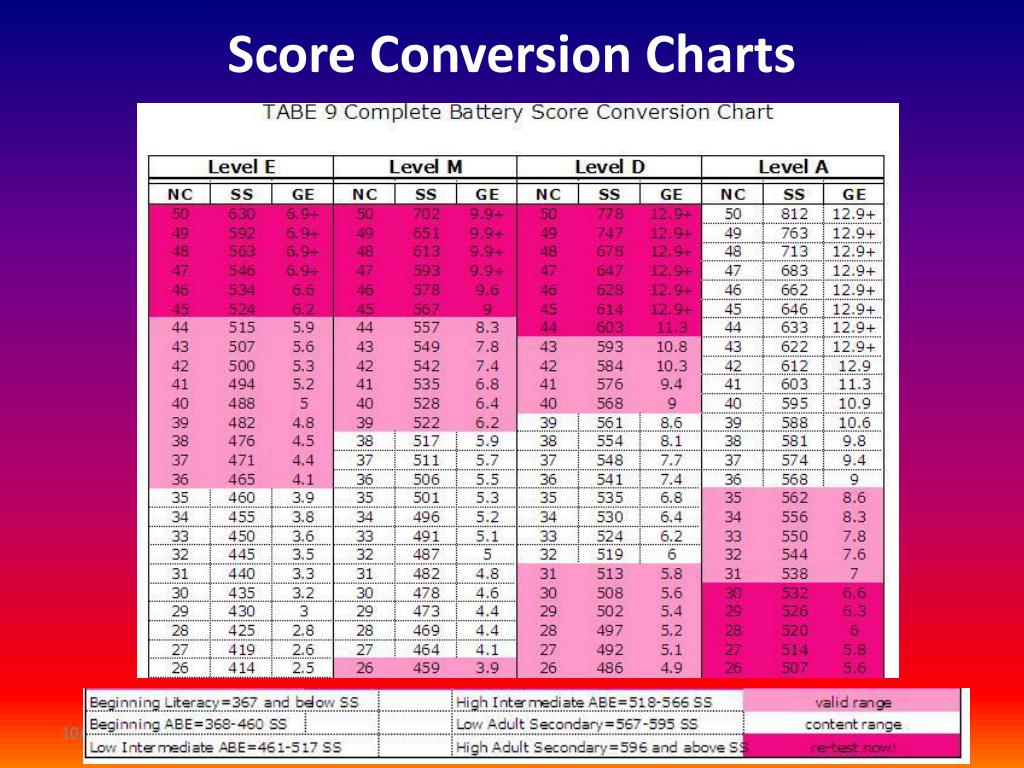 6 (Or just multiply the number of syllables by 0.846 — the results will be the same). Call this number y.
6 (Or just multiply the number of syllables by 0.846 — the results will be the same). Call this number y. - Add x to y and subtract the sum from 206.835. The final result is the Reading Ease Score (see table).
Reading Ease Score Difficulty Flesch Grade Level
- 0-29 Very Difficult Post Graduate
- 30-49 Difficult College
- 50-59 Fairly Difficult High School
- 60-69 Standard 8th to 9th grade
- 70-79 Fairly Easy 7th grade
- 80-89 Easy 5th to 6th grade
- 90-100 Very Easy 4th to 5th grade
Example
We’ll use the same sample used in the first example.
Steps 1 and 2: Divide number of words by number of sentences and multiply by 1.015. Call the result x.
100 / 13 = 7.7
(7.7)(1.015) = 7.8
7.8 = x
Step 3: Count total syllables, divide by 100 and multiply by 84. 6. Call this number y. Let us assume the sample contains 146 total syllables.
6. Call this number y. Let us assume the sample contains 146 total syllables.
146 / 100 = 1.46
(1.46)(84.6) = 123.5
123.5 = y
Step 4: Add x to y and subtract from 206.835.
7.8 + 123.5 = 131.3
206.835 - 131.3 = 75.5
Check the table for results.
75.5 falls in the 70-79 category listed on the table above, which classifies the sample as Fairly Easy and assigns a recommended 7th grade level. Notice this result matches the result used for the Gunning Fog Index — both methods put the sample in the 7th grade level.
Power Sumner Kearl Formula
The Power Sumner Kearl Formula determines the readability of books for elementary school ages.
- Find a 100 word sample and count the number of sentences and divide into the number of words (100) to find the average sentence length.
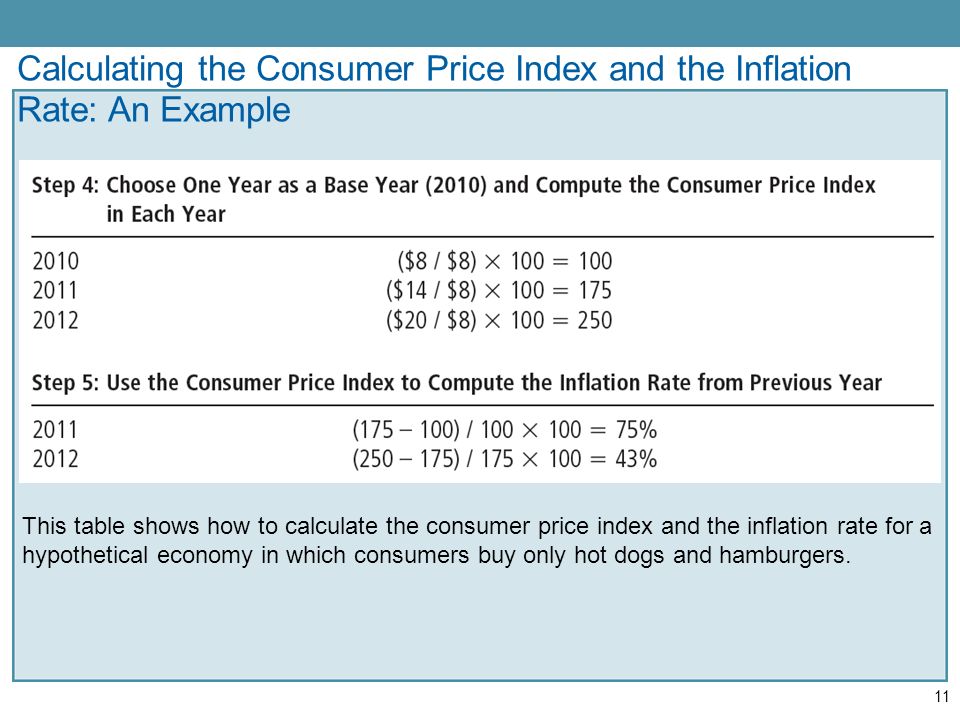 Call this number x.
Call this number x. - Count the number of syllables and call that number y.
- Multiply x by 0.0778 and multiply y by 0.0455, then add the two results and call it z.
- Find the grade level of the sample by subtracting 2.2029 from z
- Find the reading age by adding 2.7971 to z.
Example
We’ll choose a new theoretical sample because this formula applies to a younger age group than the last two.
Step 1: Count the number of sentences and divide into 100 to find the average sentence length and call the result x. For this example, let us assume there are two 7-word sentences, four 6-word sentences, six 5-word sentences and eight 4-word sentences.
2 + 4 + 6 + 8 = 20 sentences
100 / 20 = 5 average sentence length
5 = x
Step 2: Count the number of syllables and call it y.
Let us assume this 100-word sample contains 112 syllables.
112 = y
Step 3: Multiply x by 0.0778 and multiply y by 0.0455, then add the two results and call it z.
(5)(.0778) = 0.4
(112)(.0455) = 5.1
0.4 + 5.1 = 5.5
5.5 = z
Step 4: Find the grade level by subtracting 2.2029 from z.
5.5 - 2.2029 = 3.3
This sample should be readable to the average 3rd grader.
Step 5: Find the reading age by adding 2.7971 to z.
5.5 + 2.7971 = 8.3
This sample should also be readable to the average 8-year old.
Additional research by A. Long, 2002
| Our Automatic Readability Checker takes a sample of your writing and calculates the number of sentences, words, syllables, and characters in your sample. (Note: We also have separate readability tools to calculate grade levels using the Fry Graph, Raygor Estimate Graph, Spache Formula, and New Dale-Chall Formula, located here: Free Readability Calculators and Text Tools). Directions: Paste in a sample of text and click "CHECK TEXT READABILITY." A sufficient sample size consists of 4-5 full sentences; approximately 200 - 600 words total. For larger texts, such as books, manuals, or dissertations, pull 1-2 sample sizes from each chapter. (Note: We limit the sample size to 3000 words. Sample sizes over 3K words are truncated.) Paste a sample of plain text in the box. Security check - Are you human?: Yes. (Click the box) Our free readability formula tool will analyze your text and output the results based on these readability formulas. Our tool will also help you determine the grade level for your text. 1. The Flesch Reading Ease formula will output a number from 0 to 100 - a higher score indicates easier reading. An average document has a Flesch Reading Ease score between 6 - 70. As a rule of thumb, scores of 90-100 can be understood by an average 5th grader. 8th and 9th grade students can understand documents with a score of 60-70; and college graduates can understand documents with a score of 0-30. 2. 3. The Fog Scale (Gunning FOG Formula) is similar to the Flesch scale in that it compares syllables and sentence lengths. A Fog score of 5 is readable, 10 is hard, 15 is difficult, and 20 is very difficult. Based on its name, 'Foggy' words are words that contain 3 or more syllables. 4. The SMOG Index outputs a U.S. school grade level; this indicates the average student in that grade level can read the text. For example, a score of 7.4 indicates that the text is understood by an average student in 7th grade. 5. The Coleman-Liau Index relies on characters instead of syllables per word and sentence length. 6. Automated Readability Index outputs a number which approximates the grade level needed to comprehend the text. For example, if the ARI outputs the number 3, it means students in 3rd grade (ages 8-9 yrs. old) should be able to comprehend the text. 7. Linsear Write Formula is a readability formula for English text, originally developed for the United States Air Force to help them calculate the readability of their technical manuals. Linsear Write Formula is specifically designed to calculate the United States grade level of a text sample based on sentence length and the number words used that have three or more syllables. StyleWriter software: use it to write better content! Download your free trial! | ||
How to count words when checking reading technique: example
Hello friends! Surely you know that all elementary school students are periodically tested by reading, the technique of which teachers check twice, or even thrice a year.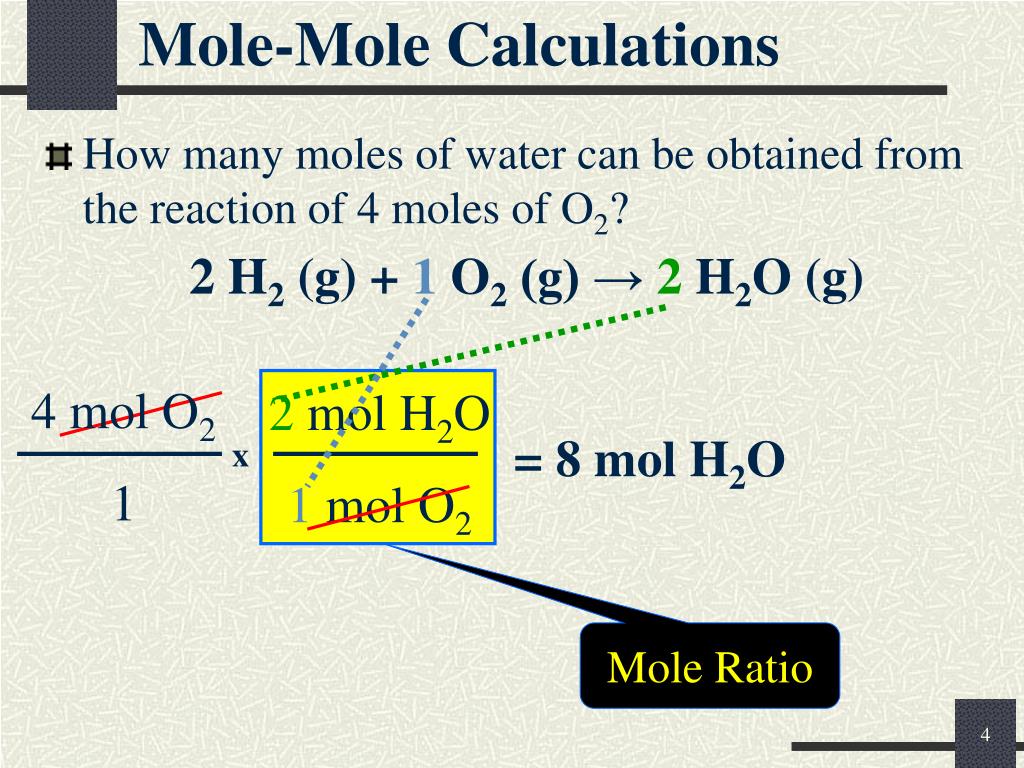 For many children, this event is a real stress. And from fear and excitement, they simply cannot show their skills in full. How to deal with it? Exercise and train at home!
For many children, this event is a real stress. And from fear and excitement, they simply cannot show their skills in full. How to deal with it? Exercise and train at home!
It is necessary to perform special exercises that will help improve performance. And be sure to evaluate the results of your homework. But how to evaluate them correctly? For example, how do you count words when checking reading technique or assessing reading comprehension? I will talk about this in the article.
Lesson Plan:
- 1 How do you test at home?
- 2 How to evaluate reading speed?
- 3 Assessing reading comprehension
- 4 Assessing expressiveness and correctness of reading
- 5 Test reading texts
How to test at home?
Reading test technology at home:
- Choose the right time. The student must be in a good mood and feel normal.
- Eliminate all distractions: TV, computer, cell phone.
- Prepare everything you need: a stopwatch (or watch with a second hand) and a book.
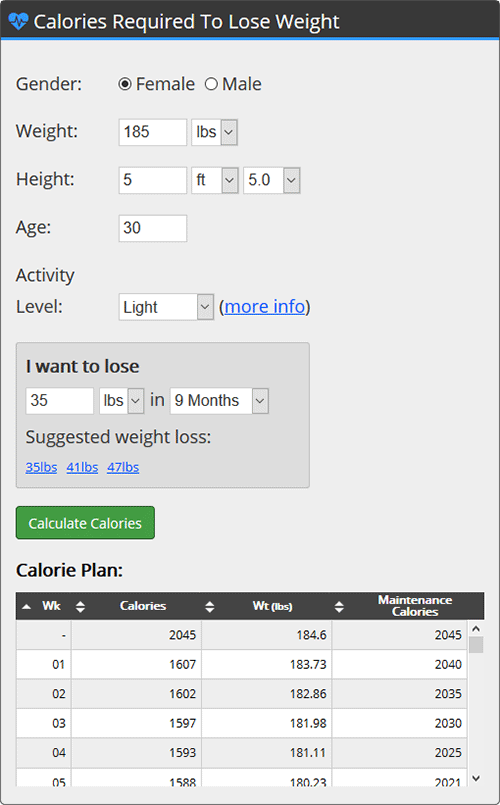
- Sit your son or daughter down at the table, put a book in front of your eyes.
- Sit down and pick up a stopwatch.
- Say "Start". At this point, the child begins to read.
- Watch the time and at the same time listen carefully, paying attention to expressiveness and possible mistakes.
- Say "Stop" when the stopwatch counts down to exactly one minute. At this point, stop reading.
- Go to results evaluation.
The following parameters are taken into account in the evaluation:
- speed;
- understanding;
- expressiveness;
- correct.
How to evaluate reading speed?
The speed is determined by the number of words that the child managed to read in a minute. It would seem that everything is so simple! But for some reason, after counting the words, the results for different people are different. Why is this happening?
The fact is that not every father and not every mother knows how to count correctly.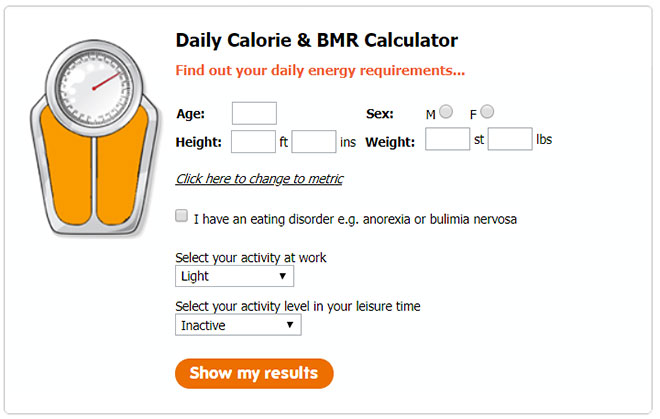 Let's try with you.
Let's try with you.
Here's an example. Calculate what the student's reading speed is if in a minute he just managed to read the entire text below.
A long time ago a wizard lived on earth. He once took a handful of silver coins
and threw them into the sky. Coins scattered there,
and a star path appeared.
Since then, the starry path has been shining at night for travelers. For people to rise
grew under the roof of their house not in darkness.
I specifically asked three of my friends to do this. Meet our testees: Mikhail, Tatyana, Olga.
Answer options:
- Mikhail - 37 words.
- Tatyana - 48 words.
- Olga - 43 words.
Well, who is right? And nobody is right. In fact, the speed in this case will be 44 words! What are the mistakes of my comrades?
Mikhail, who counted 37 words, decided that it was not necessary to pay attention to all sorts of conjunctions, prepositions, such as "and", "but", "in", "by".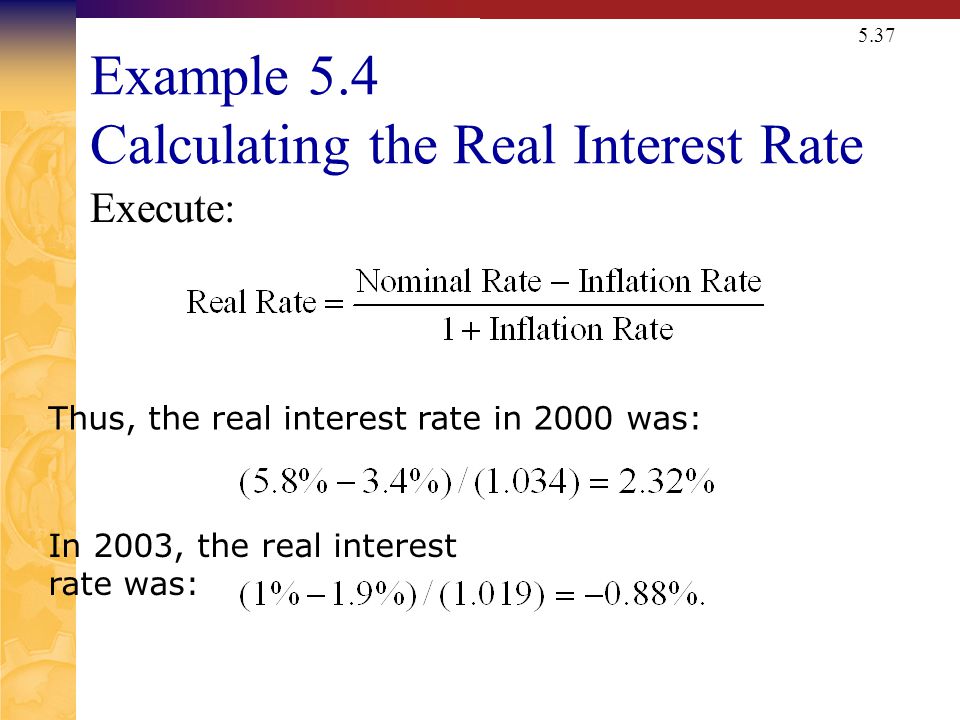 This is mistake! Even such small words count.
This is mistake! Even such small words count.
Tatyana, who found 48 words, counted not only conjunctions with prepositions, but also semicolons. And it turned out to be wrong. Periods, commas and other punctuation marks do not count.
Olga, she has 43 words, was closest to the correct answer. But still, she made a mistake. She counted the word "returned", the first part of which is on one line, and the second is carried over to the next one in one word. This is not true, if there is a word wrap in the text, then this word is counted as two.
Want another test? Please! Read the passage from the story in the following picture and try to count how many words are in it?
The hare lived quietly and had a hare.
Somehow a hare is sitting under a Christmas tree and right there the hare is playing with her.
If I didn't know how to count correctly, I would say that there are 21 words. Someone can get 19 words.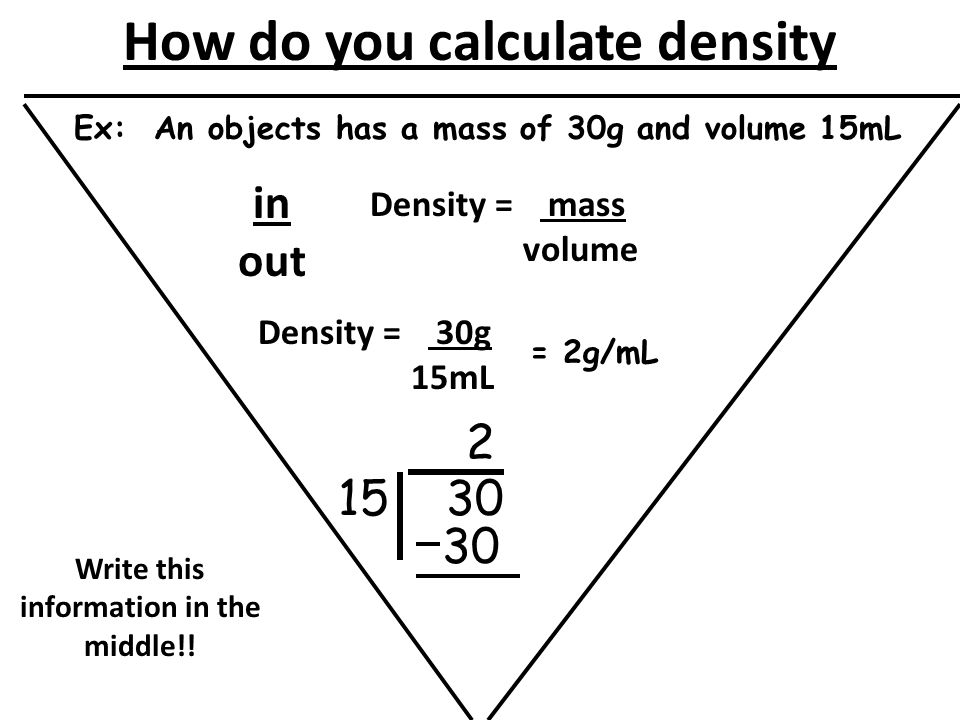 Either way, the answers are wrong. There are 20 words here! What's the catch? In words that are written with a hyphen.
Either way, the answers are wrong. There are 20 words here! What's the catch? In words that are written with a hyphen.
If the word is written with a hyphen, and there are more than three letters on each side of the hyphen, then these two parts of the word are counted separately. That is, in our example, “quietly and quietly” are two words. And the word "somehow" is one.
How do you know if children read fast enough? Or even speed up? This question is answered by the federal state educational standard of elementary general education. According to the Federal State Educational Standard, by the time of graduation from elementary school, a student should read about 120 words per minute.
The lowest standards, of course, in the 1st class. When a little schoolboy grows up and moves to the 2nd grade, and then to the third, then the standards grow along with him.
Assessing reading comprehension
It is necessary not only to read fluently, but also to understand what is being said.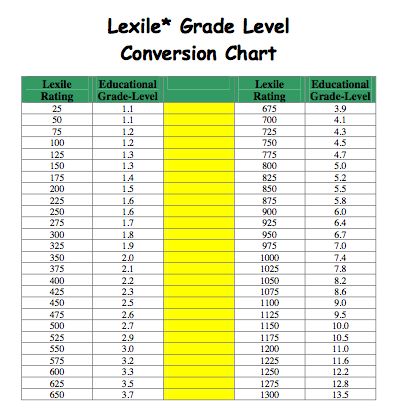 That is to read consciously. To test comprehension, ask the child two or three questions about the text. You don't need to retell anything. The answers to your questions will suffice.
That is to read consciously. To test comprehension, ask the child two or three questions about the text. You don't need to retell anything. The answers to your questions will suffice.
Evaluate the expressiveness and correctness of reading
When a child reads, listen carefully. Pay attention to expressiveness, the presence of intonational pauses, logical stresses, and mistakes made. You can not stop the child during the check and point out these errors to him. You will deal with them after the check is completed. Go back to the "wrong" words and read them again.
Test reading texts
Parents may also have problems with test reading texts. No books can be used. For example, take an excerpt from "War and Peace" or, conversely, from a children's book with nursery rhymes, which the child already knows by heart. The evaluation results will be incorrect.
There are quite specific requirements for texts:
- it must be unfamiliar to the reader;
- must be age appropriate and understandable;
- Sentences should be short, without too complicated constructions;
- better if it doesn't have dialogues;
- should not include illustrations;
- it must fit on one page;
- it should be printed in large, easy-to-read type.
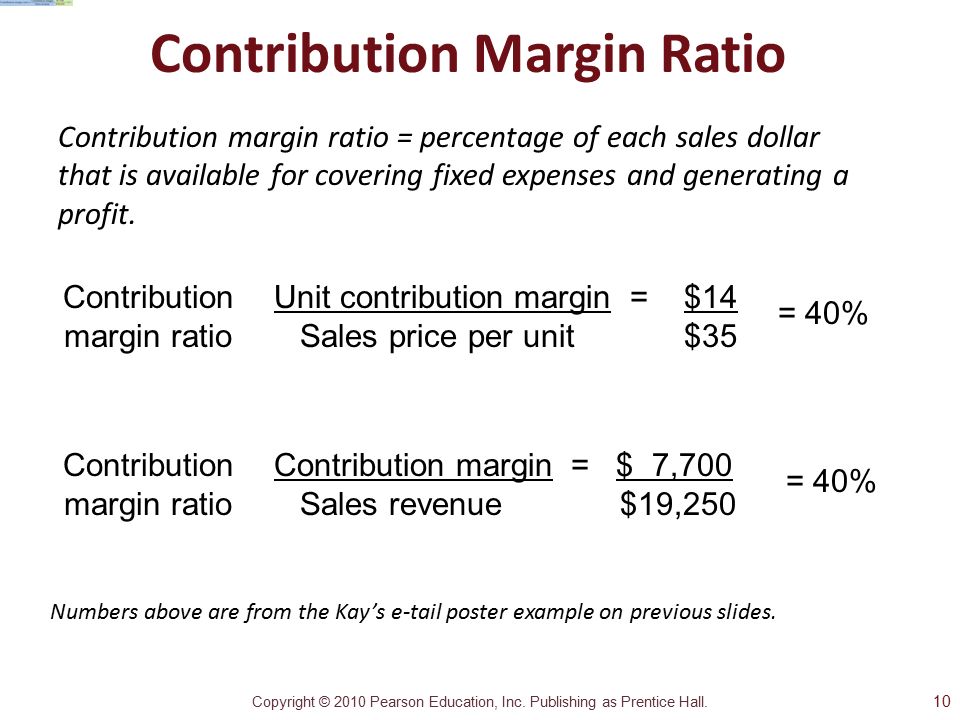
Where can I get such an ideal one? In books, of course! For example, a book from the Firefly series is called Checking Reading Technique. It has both texts and reading comprehension questions.
Here is another book. It was created to help primary school teachers, but I think it will suit you and me. It's called Reading. 1 - 4 classes. Texts to test the technique and expressiveness of reading.
If you practice reading at home, be sure to record the results. Either in a sign that can be hung on the wall in front of the desk, or in a special notebook. Your young reader will see his progress, and this will allow him to work even harder and strive for new heights.
And there is something to strive for! How are you reading at 100,000 words per minute? Do you think it doesn't happen? I thought so too until I saw this video. Meet Nikita Boldyrev!
Dear friends, now you know what to pay attention to when reading at home. I hope this will help you avoid mistakes and approach the issue with confidence and knowledge.
I hope this will help you avoid mistakes and approach the issue with confidence and knowledge.
If you have something to add, please write about it in the comments.
All the best to you and your children!
Always yours, Evgenia Klimkovich.
Best reading time calculators 2022: service overview
What are the best reading time calculators and how to use them? We at the Contentim studio regularly write texts for presentations at presentations, conferences, seminars and other public events. We prepare materials for blogs and estimate how much time readers will spend reading.
Alexandra Shestopalova
In copywriting since 2013, higher education in art history (theater critic) and postgraduate studies (GITIS). He is fluent in English, Russian, knows Czech and French well. In the Contenteam agency, she leads projects and edits texts on marketing, advertising, investments, financial technologies, IT. Editor-in-chief for materials in English, leading marketer.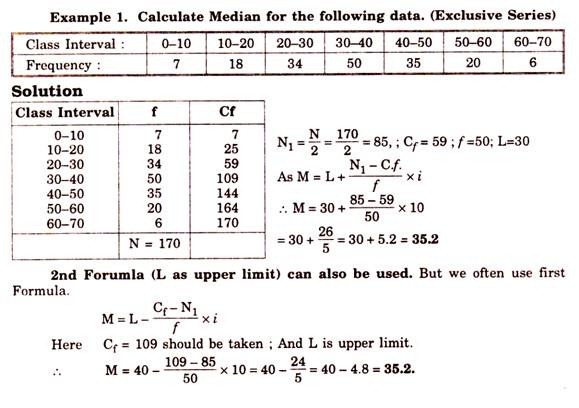
Have you ever needed to write a speech for “exactly 25 minutes” and not a second longer? How about time to read a blog post?
If yes, then you should be aware of a problem that an inexperienced speaker usually doesn't think about until the day before the presentation: time is limited. How to fit into it? A word-to-minute converter comes to the rescue. Converting words to minutes, while not 100 percent accurate, gives writers a yardstick against which they can measure the length of their speech.
The same is true for blogging. Many resources have a plate showing the approximate time required to read the text. Thus, you will not only know how many words are in a 5-minute speech, but also how long it will take to read a material containing, for example, 2000 words.
Advantages of the word calculator:
- You will know how many words your speech consists of.
- Reading time calculators are free, the main thing is to have an internet connection.

- Converter is very convenient and simple. The user interface is friendly and easy to use even for the first time.
- Speech to Minute Converter is quite fast and efficient: you get an answer within a few seconds after entering text.
- The ability to quickly change your 7-minute speech to a 3-minute one if the need arises.
- Save time by not checking speech length manually.
We at the Contentim studio regularly write texts for presentations at presentations, conferences, seminars and other public events. We prepare materials for blogs and estimate how much time readers will spend getting acquainted with the article. In this article, we will tell you what reading calculators exist and how to use them.
Contents
How Words to Minutes Calculator Works
With this tool, you can instantly convert words to minutes and find out how long it takes to read a text.
Nuance! The calculator shows only the approximate time of pronouncing or reading the text, it may vary depending on the individual speed of perception of the material.
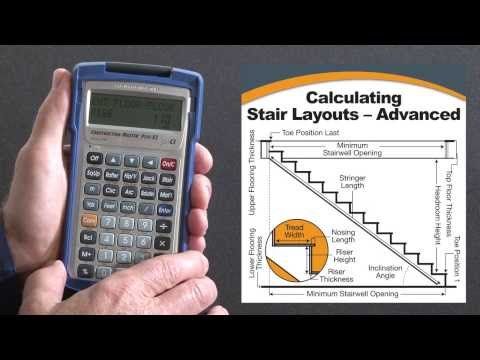
The word calculator is quite easy to use:
- Enter the number of words in the text box.
- If you want to evaluate reading aloud, adjust the speech speed.
- The result will show how long it takes to give a presentation or read an article.
In addition, the words per minute calculator can determine how many words are needed to fill a certain amount of time. Some converters calculate the phrases and then trim the text to match the time frame.
What are the best free and without registration reading calculators now
| Service | Interesting additional functions | Our rating is |
| SpeechMinutes | Speech rate control | 5 |
| Copywritely | Counting words in text, regulation of speech speed, detection of errors in text | 5 |
| WordsToTime | Counting words in text, regulation of reading speed | 5 |
| 5Star Essays | Text word count, speech speed regulation, ability to listen to the text (online speaker available), you can set the number of words for timing and vice versa | 4 |
| EduBirdie | Counting words in the text, regulation of speech speed, the ability to listen to the text (there is an online speaker), you can set the number of words for calculating the time and vice versa, additional services for editing the text | 4 |
| SFMedia | Counting words in a text, regulation of speech speed, setting normal pauses between words and sentences | 4 |
SpeechMinutes
Free and simple speech calculator, no registration required to use.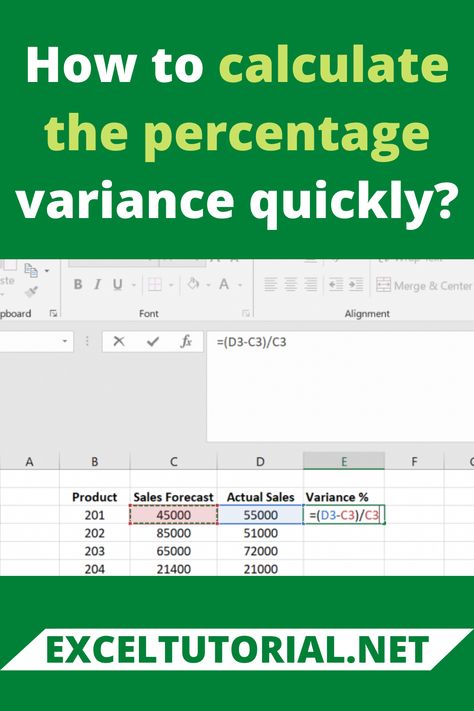 We enter the number of words in your text, the reading speed from slow (100 words per minute) to fast (160 words per minute) and get the result in minutes.
We enter the number of words in your text, the reading speed from slow (100 words per minute) to fast (160 words per minute) and get the result in minutes.
Overall service rating
Ease of use
Functionality
Copywritely
Paste in the text to find out the word count, and by selecting the speaking rate, you'll get an estimated speaking time. In addition, it offers a built-in dictionary (grammar check), counting the number of words in pages and other text editing applications. The site is available in English, Russian, French, German, Spanish, Portuguese and Dutch.
General service rating
Ease of use
Functionality
Wordstotime
9000 9000 9000 text and get the result. Site functions are available without registration.
Overall service rating
Ease of use
Functionality
5StarEssays
This calculator, in addition to counting words in the text, allows you to choose the right number of words for your speech speed.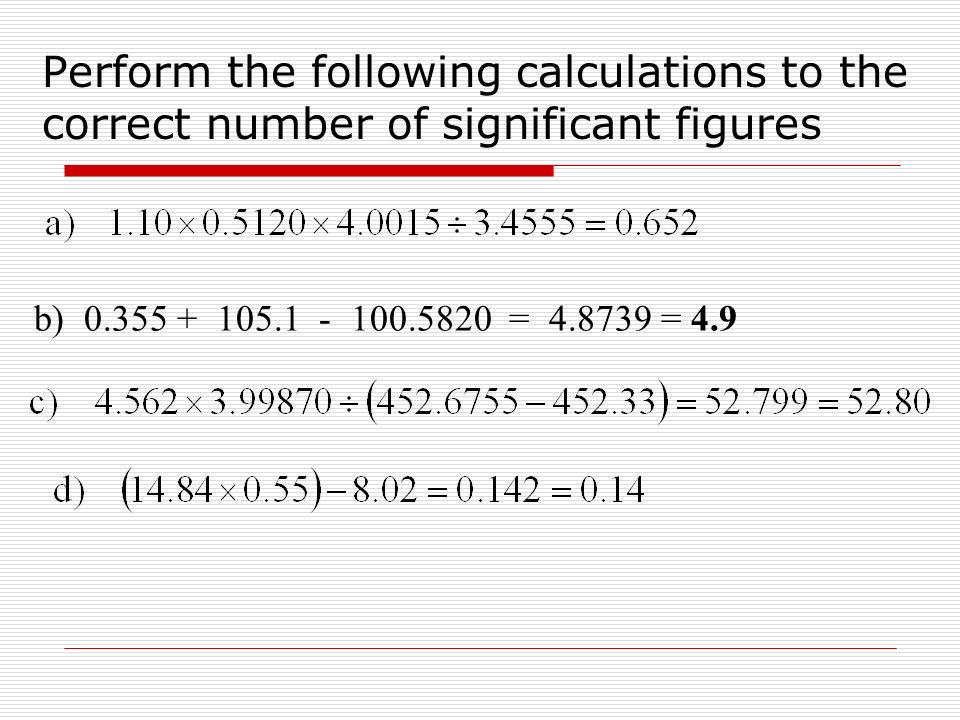 Let's say you need to speak with a time limit of 5 minutes. Using this calculator, it is quite easy to calculate the correct amount of speech.
Let's say you need to speak with a time limit of 5 minutes. Using this calculator, it is quite easy to calculate the correct amount of speech.
Overall Service Rating
Ease of Use
Functionality
EduBurdie
The calculator from EduBirdie will measure the number of words in a text, calculate the reading time at a given speed, and also calculate how many words can be read in a certain time. An interesting feature of this calculator is the ability to run your text through an online speaker to roughly imagine how your text will sound.
Overall Service Rating
Ease of Use
Functionality
SFMedia
This is a simple and convenient calculator for calculating the time of reading a text. To calculate the length of a speech or article, all you have to do is type or paste the text and click Calculate.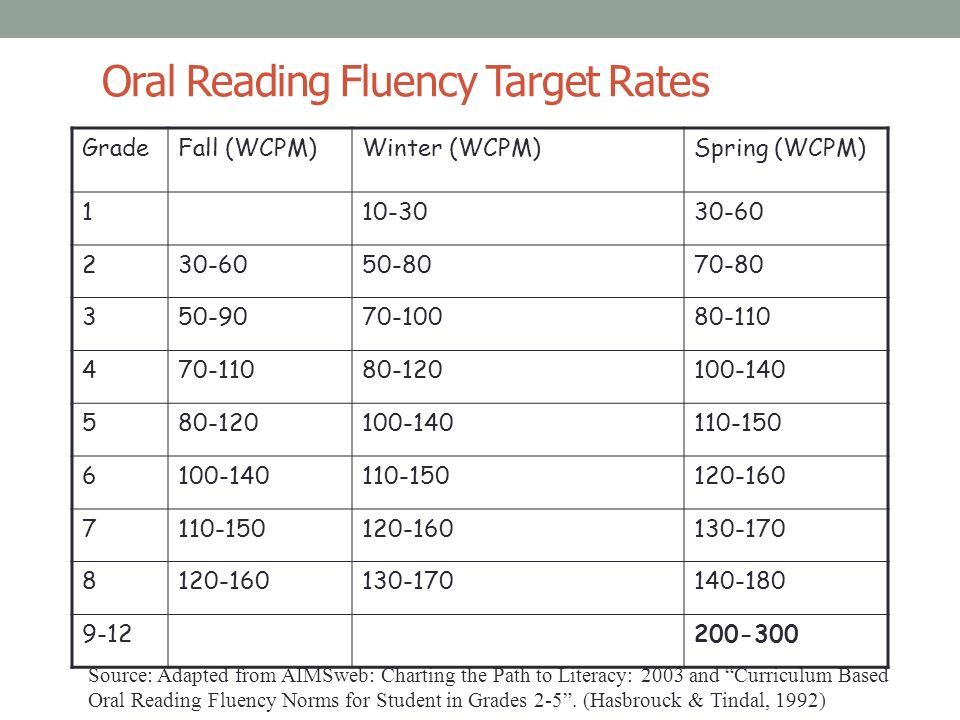 There is a function of setting normal pauses between words and sentences for a more accurate calculation of the time required to read the text.
There is a function of setting normal pauses between words and sentences for a more accurate calculation of the time required to read the text.
Overall service rating
Ease of use
Functionality
Manual counting
Want to know how fast you read compared to others? Fast reading with a high level of reading comprehension is a useful skill that will make work, study, and reading fun more efficient. Reading rates for fiction and non-fiction will be different: people read fiction faster because they are usually more interesting.
How do I do a manual count? First you need to determine the number of words in the selected passage that you are reading.
Most text editors can name the number of words in a text. But if the passage you are using is not digitally available, you can count the words, or you can estimate the number of words by counting the words in a line and multiplying them by the number of lines in the passage.

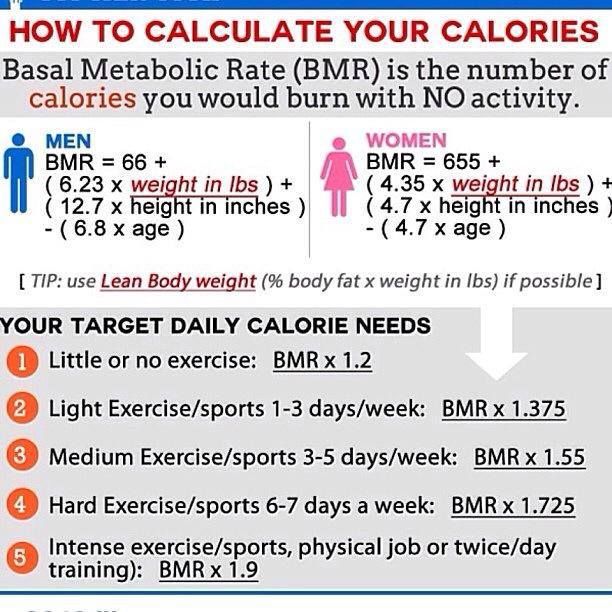 Our program takes the output of these numbers and plugs them into seven popular readability formulas. These readability formulas (see below) will let you know the reading level and grade level of your text and help you determine if your audience can read your writing.
Our program takes the output of these numbers and plugs them into seven popular readability formulas. These readability formulas (see below) will let you know the reading level and grade level of your text and help you determine if your audience can read your writing. Your sample can be between 150-3000 words. We do not store or reuse your text in any way.
Your sample can be between 150-3000 words. We do not store or reuse your text in any way. The Flesch-Kincaid Grade Level outputs a U.S. school grade level; this indicates the average student in that grade level can read the text. For example, a score of 7.4 indicates that the text is understood by an average student in 7th grade.
The Flesch-Kincaid Grade Level outputs a U.S. school grade level; this indicates the average student in that grade level can read the text. For example, a score of 7.4 indicates that the text is understood by an average student in 7th grade.  This formula will output a grade. For example, 10.6 means your text is appropriate for a 10-11th grade high school student.
This formula will output a grade. For example, 10.6 means your text is appropriate for a 10-11th grade high school student. 